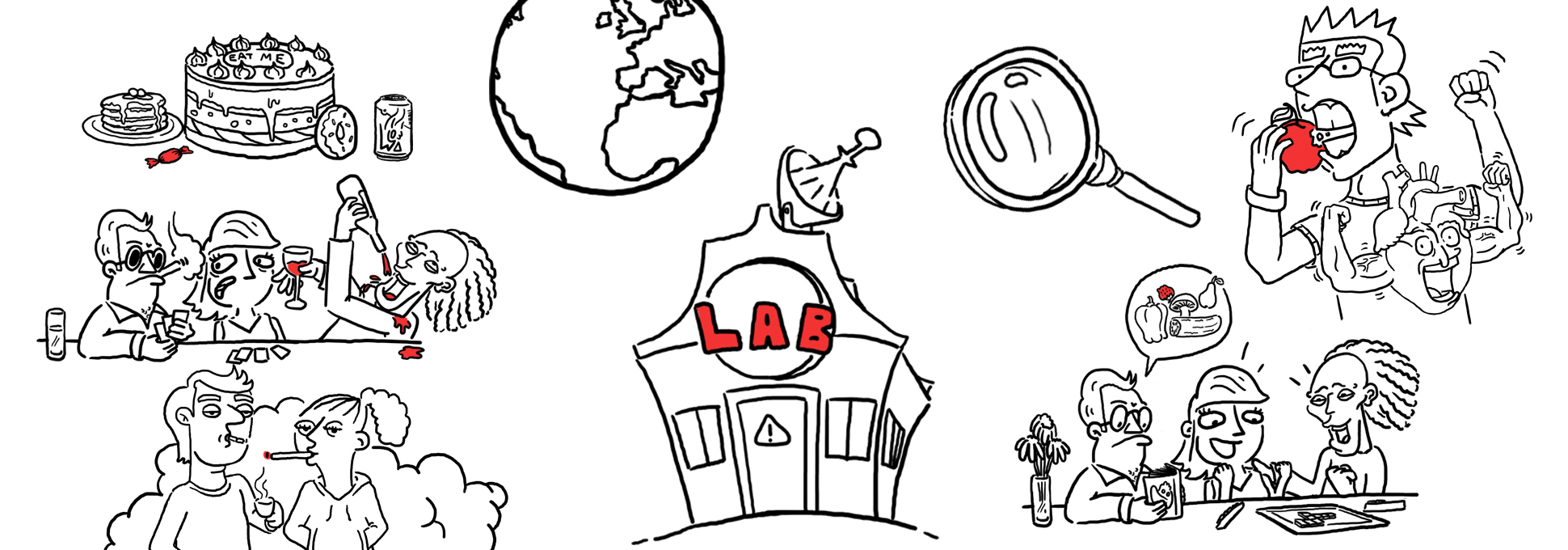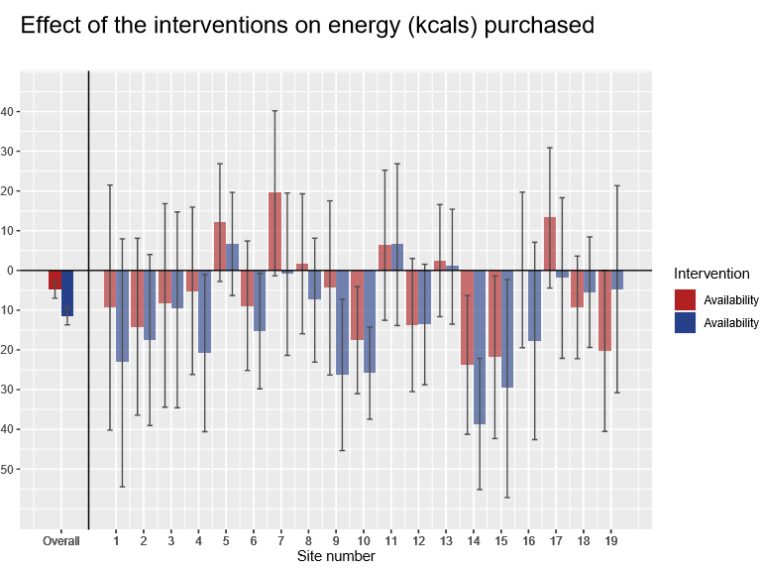



Posted: September 15, 2021

Unhealthy food environments contribute to high and increasing rates of obesity. There is growing evidence that interventions that target the food environment may be effective at reducing energy intake. The current study aimed to investigate whether two such interventions could result in people buying food and drinks that are lower in calories.
The first intervention is termed an Availability intervention. This involved replacing some higher energy products with lower energy products. The second intervention is termed a Size intervention. This involved reducing the portion size of some higher calorie products by about 14% in volume. We tested these interventions in 19 worksite cafeterias across Great Britain over a 25-week-long period. The first period served as a baseline in which no intervention was present. After this, the Availability intervention was introduced and maintained. The Size intervention was then added to the existing Availability intervention.
The results showed that both interventions resulted in people buying food and drink with fewer calories than at baseline. The Availability intervention reduced energy purchased by 4.8% and the Availability plus Size intervention reduced energy purchased by 11.5%. This suggests that these two interventions can contribute to wider strategies to reducing consumption of energy, and thus, reduce rates of overweight and obesity.
Read the full article here https://doi.org/10.1371/journal.pmed.1003743